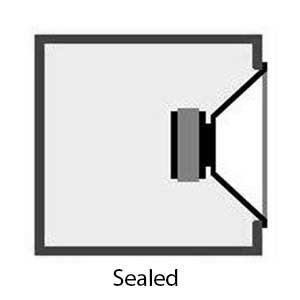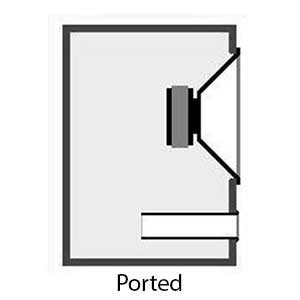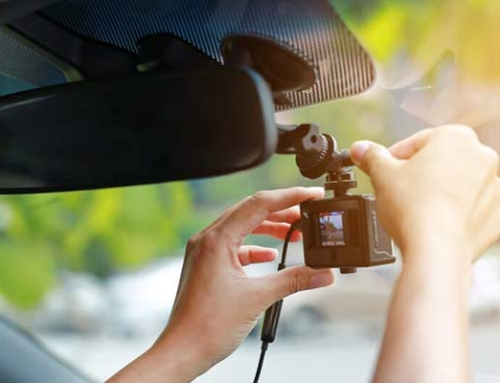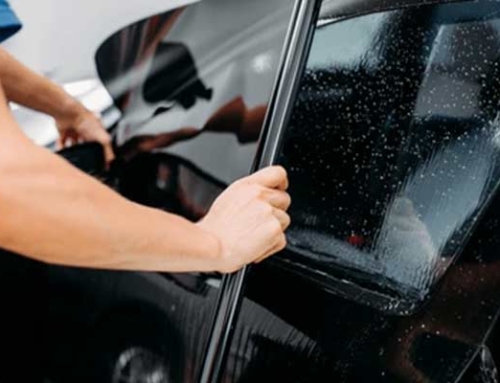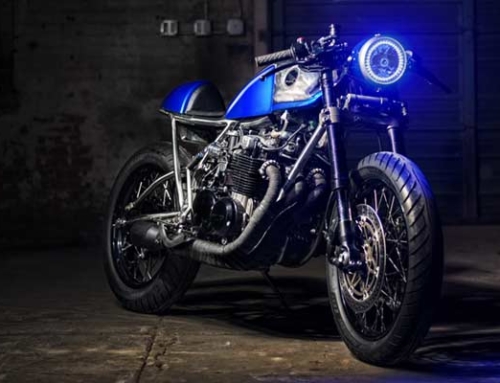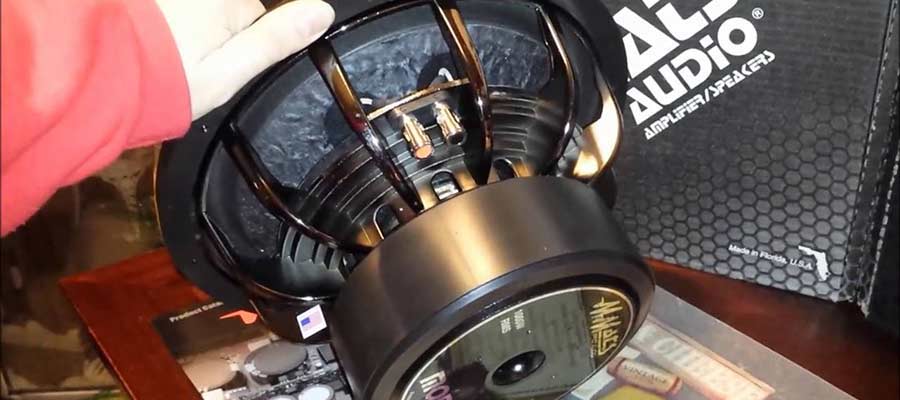
Put up an ad on Facebook about a subwoofer sale in Miami, and masses of interested parties will either call and show up asking how much bass these put out and how many DBs I will need for an enormous AMP. Honestly, I have no idea why subwoofers, especially car subs, are such a hot topic of conversation within the Miami car stereo community. Nevertheless, I have decided to state some facts and hope this makes your car subwoofer shopping experience less stressful and more fruitful!
What do I mean by fruitful? Well, nothing is more sad and disappointing than the wrong woofer for the application! And by that, I mean more inches do not mean more bass, and more magnets do not mean more power! I’ll start by saying the subwoofers “don’t have power.” A subwoofer is a speaker designed to reproduce the first octave of the human hearing spectrum. That usually means a speaker capable of producing sounds between 20hz and 40Hz. Believe it or not, this one is one of the most challenging things to do because getting frequencies this low to resonate in a given environment can be tricky. Like many other speakers, a subwoofer is an electromagnetic motor that drives or pushes on a piston called “the cone.” When placed in a resonating chamber, more often than not called a subwoofer bao or enclosure, it produces a resonation frequency equivalent to its electrical properties. Its coil dictates the electrical properties of a speaker. When an AC (alternating current) is applied to the coil, it generates an electromagnetic field that changes polarity as the AC signal. This field then reacts about the magnet’s polarity in the driver’s motor. Please know that today, subwoofers without magnets or coils employ other technologies. Other speaker technologies include “servo-driven” and electrostatic! Since these technologies are usually beyond the budget of many car audio enthusiasts, I don’t feel spending much time on them is necessary. Still, I just wanted to put it out there!
Choosing the best car subwoofer!
The best car sub for your car is not the most extensive, expensive, or on sale! Before choosing a subwoofer, consider how much of your vehicle’s real estate you will sacrifice. That question is directly connected to the type of subwoofer box or enclosure you choose! While at least a dozen types of sub-enclosures come to mind, the four most common in the car stereo marketplace are infinite baffle, sealed, ported, and bandpass. Each of these has a unique sound and tone quality, so let’s explain!
Infinite Baffle
The infinite baffle application is rare in the car audio world today because more than 75% of all vehicles are hatchbacks or SUVs. Also known as “Free Air,” this type of speaker enclosure is not an enclosure! It relies on a boundary or wall to separate the frontal waves of the speakers from canceling by those generated from the back. To accomplish this, building a wall (babble board) between the trunk area and the passenger compartment on a vehicle would be best. In my opinion, this is the best-sounding subwoofer application. It produces a tight and precise bass note that is not artificial or boomy! The best-sounding car I have ever heard of (Richard Clark’s 87’ Buick Grand National) employed a very similar setup with the addition of AP membranes. The infinite baffle setup offers superb sound quality with minimum weight while sacrificing SPL and power handling.
Sealed Enclosure
The sealed enclosure, or sealed subwoofer box, is as simple as it comes—a closed box designed to match the Vas or acoustic compliance of the drive. I have never been a true fan of the sealed enclosure for one reason and one reason only! Given the nature of the design, sealed subwoofer boxes could be more efficient and often require three to four times the power assigned to your mids and highs to keep the bass from getting drowned by the music. In other words, if you plan to have a 100-watt amp for your mids and highs, consider 400 to 500 watts for your sub. Sealed Enclosures allow drivers to handle a lot of power as long as the enclosure is “truly sealed.” That can be challenging to achieve and relative light due to their compact natures. Some car stereo shops allow for some leakage to minimize cone damage in high-powered systems.
Ported Enclosure
If you like Miami-style 2 Live Crew or Trick Daddy boomy bass, consider a ported subwoofer enclosure for your car. While slightly larger than a sealed box (often about 1.4 – 1.75 times larger), a Porte enclosure can provide a considerable amount of bass with moderate power when adequately designed and tuned. The design consists of a standard chamber enclosure with a port tuned to allow the waves from the speaker’s rear to get added to the form of the speaker 180 degrees out of phase. This type of acoustic coupling provides for as much as 40% improved efficiency over a sealed enclosure. The added efficiency comes at a cost. Ported enclosures allow excessive cone travel below the tuning frequency of the box, resulting in speaker damage or failure. Consider this type of enclosure for an SUV or hatchback, with the speakers facing back.
Bandpass Enclosure
While companies like BOSE have proven that the bandpass enclosure can challenge the sealed and ported designs, they can also be the most challenging to build and design if you are trying to get it right! At its most simple design, a bandpass subwoofer box consists of a front and rear chamber with at least one port to the outside. Both can also be ported to the outside as well as within. There are at least a dozen variations, but before building or selling bandpass enclosures, know that companies like BOSE patent some designs. Unlike ported and sealed enclosures, where you can wink and guess the size, tunning bandpass design requires precise dimensions and calculation. The objective of the bandpass design is to give you the sound of the ported enclosure with the sealed type’s low distortion and power handling. Due to size, weight, and complexity, it is not the best choice for a car!
Buy the Best Subwoofer
As you can see, the claims many manufacturers and retailers push, claiming this subwoofer is better than that one, etc., are ridiculous. The best subwoofer is the one that will best match your sound system. After many years in the Miami car audio scene, I suggest starting with one, and in many cases, consider employing what is known as bridged mono configuration if you already have an amplifier. That way, you can get a feel for how much bass you want and how many subs you need before making a considerable investment. In addition to that, I may offer a piece of advice! Seek quality, not quantity. A 150 dB sound system is as practical as a 2500 horse-powered nitro-burning street-legal pro mod! Once you appreciate what an excellent-sounding car stereo system sounds like, how many watts, speakers, and loud a system can get becomes irrelevant.


